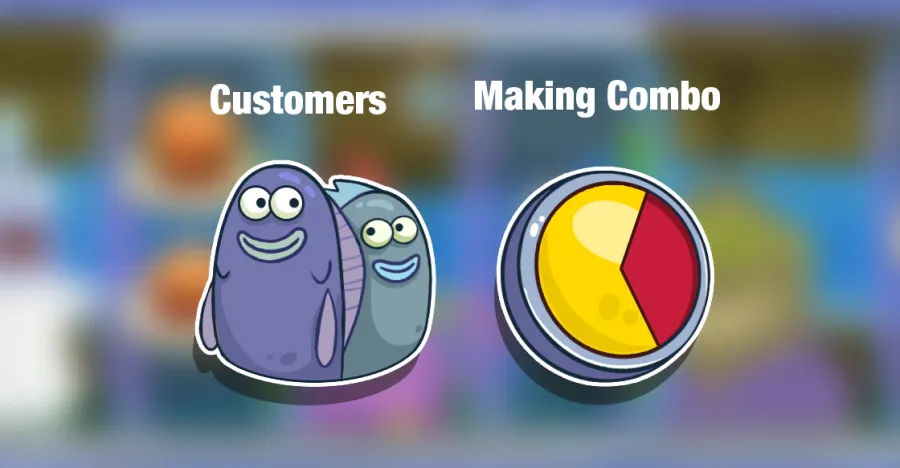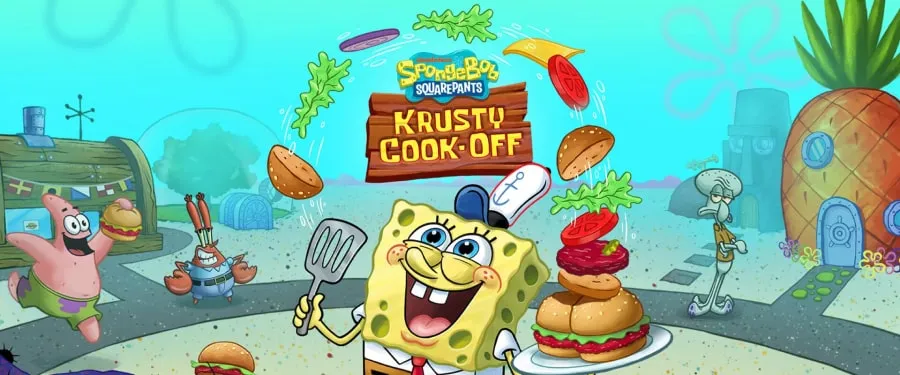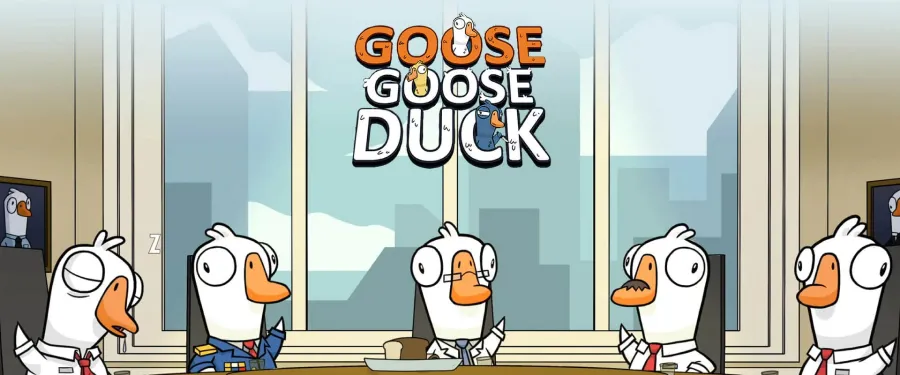Vector vs Raster: When to use which in Game UX/UI Design

Mastering the art of vector and raster graphics is crucial for crafting exceptional game UX/UI. For clean lines and scalability, vectors reign supreme – perfect for logos, UI elements, and interfaces that need to adapt to various screen sizes. However, when intricate details and textures are needed, raster graphics become your allies, bringing photorealistic textures, backgrounds, and character close-ups to life. Ultimately, the most successful game interfaces leverage both strategically, creating a visually stunning and user-friendly experience.
When we talk about gaming, crafting visually compelling and user-friendly interfaces is crucial for captivating players and fostering enjoyable experiences. This involves making informed decisions about the type of graphics to utilize, with two primary options emerging: vector graphics and raster graphics. Understanding the distinct characteristics and applications of each is essential for creating effective UI/UX elements that not only look great but also function seamlessly within the game environment.
Imagine navigating a game with pixelated buttons that lose their sharpness when enlarged or struggling to decipher blurry text on a high-resolution display. These scenarios highlight the crucial role of choosing the right type of graphics for game UI/UX design. This blog post delves into the world of 2D- vector and raster graphics , exploring their unique strengths and limitations to equip you with the knowledge to make informed decisions that elevate your game's visual appeal and user experience.
Precision, scalability, and versatility in vector graphics
Vector graphics, unlike their raster counterparts, are not composed of individual pixels but rather defined by mathematical paths and points. This unique structure grants them several advantages:

Scalability
Vector graphics can be resized infinitely without any loss of quality. This makes them ideal for elements that need to adapt to various screen resolutions, ensuring consistent appearance across different devices and platforms. This is particularly crucial in the ever-evolving world of gaming, where players may access games on diverse devices with varying screen sizes.
Sharpness and clarity
As vector graphics are not dependent on pixels, they maintain their crispness and sharpness regardless of scale. This is especially beneficial for creating clean lines, text, and logos that retain their visual fidelity even when magnified.
Versatility
Vector graphics offer greater flexibility in terms of editing and manipulation. Individual elements can be easily modified, reshaped, and recolored without compromising the overall quality. This allows for efficient design iterations and customization to fit specific needs within the game's aesthetic.
When to use vector graphics for UX/UI
The strengths of vector graphics make them ideal for these game UI/UX applications:

Logos, icons, and text
Vector graphics maintain their crispness and clarity at any size, making them perfect for logos, icons, and text elements that need to be consistently legible across different resolutions.
Scalable UI elements
Buttons, menus, and other interactive components that need to adapt to various screen sizes benefit from the scalability of vector graphics.
Simple shapes and flat designs
Flat design aesthetics popular in many games often rely heavily on vector graphics due to their clean lines and adaptability.
When not to use vector graphics for UX/UI
Despite their advantages, vector graphics also have limitations:
Limited photorealism
Vector graphics are not ideal for capturing intricate details and photorealistic textures, making them less suitable for highly realistic imagery within the game world.
Complexity in representing gradients
While possible, creating smooth gradients and intricate shading can be more challenging with vector graphics compared to raster graphics.
Raster graphics: photorealism, depth, and detail
Raster graphics, on the other hand, are constructed from a grid of individual pixels, similar to digital photographs. They excel in certain areas:

Photorealism
Raster graphics are adept at capturing intricate details and realistic textures, making them ideal for portraying high-fidelity imagery within game environments. This can be particularly valuable for creating immersive backgrounds, character portraits, and detailed UI elements that require a lifelike appearance.
Gradients and complex shading
Raster graphics excel at displaying smooth gradients and intricate shading, adding depth and dimension to UI elements. This can be beneficial for creating visually appealing buttons, icons, and other interactive components that require a sense of realism and detail.
Large image assets
For complex images with a vast number of colors and complex details, such as high-resolution photographs or detailed textures, raster graphics often provide a more efficient representation compared to vector graphics.
When to use raster graphics for UX/UI
Given their strengths, raster graphics are well-suited for the following game UI/UX applications:

High-resolution backgrounds and textures
When aiming for photorealistic environments or compound details within the game world, raster graphics offer superior capabilities.
Detailed character portraits and in-game imagery
Capturing the nuances of character expressions and fine features often benefits from the photorealistic potential of raster graphics.
Complex UI elements with intricate shading and gradients
Buttons, icons, and other interactive components that require a sense of depth and realism can leverage the strengths of raster graphics.
When not to use raster graphics for UX/UI
While valuable, raster graphics also have limitations:
Scalability issues
When resized, raster graphics can lose quality due to pixelation, making them less suitable for elements that need to adapt to various screen sizes.
File size
High-resolution raster graphics can result in larger file sizes, potentially impacting game loading times and performance.
Editing complexity
Complex edits on raster graphics can be more challenging compared to vector graphics, as individual pixels need to be manipulated.
Choosing the right tool for the job: additional considerations
Beyond the inherent characteristics of each graphic type, several additional factors influence the decision-making process for game UI/UX design:
Art style and aesthetics
The overall visual style of the game plays a crucial role. Games with a flat design aesthetic or minimalist approach often heavily utilize vector graphics for their clean lines and scalability. Conversely, games aiming for photorealism or complex details may rely more on raster graphics.
Performance optimization
File size and processing demands are crucial considerations, especially for mobile games or platforms with limited resources. While vector graphics generally have smaller file sizes, complex vector elements can still impact performance. Finding the right balance between visual quality and performance optimization is essential.
Development workflow and team expertise
The skillset and experience of the design team can also influence the choice. If the team is more comfortable working with vector graphics, leveraging their expertise can lead to efficient design and development processes.
Examples of effective implementation
Several successful games exemplify the strategic use of both vector and raster graphics in their UI/UX design:
Turbo Golf Racing

Spongebob: Krusty Cook-off

Goose Goose Duck

Conclusion
The delicate dance between art and functionality lies at the heart of successful game UI/UX design. By wielding the strengths of both vector and raster graphics strategically, designers can craft captivating interfaces that not only immerse players visually but also ensure intuitive interaction and seamless navigation. Remember, understanding the nuances of each graphic type and fostering collaboration between designers and programmers are key to achieving this fine balance. By leveraging the expertise of skilled professionals, you can unlock the potential to create a truly unforgettable gaming experience that blends artistic vision with technical mastery.
Investing in expertise: How PUNCHev Group can elevate your game's UI/UX design
At PUNCHev Group, we understand the intricate interplay between art and functionality in crafting exceptional game experiences. Our team of experienced UI/UX designers possesses a deep understanding of both vector and raster graphics, coupled with the technical knowledge to leverage their strengths effectively. We collaborate closely with our clients to:
- Define the desired visual style and aesthetic direction.
- Identify the specific functionalities and requirements of each UI/UX element.
- Strategically select the appropriate graphic type based on various factors.
- Optimize performance and ensure seamless integration within the game engine.
-
By partnering with us, you gain access to a team of passionate and skilled professionals dedicated to creating user-centric and visually stunning UI/UX designs that elevate your game to the next level.
Contact us today to discuss your game's unique needs and explore how we can help bring your vision to life. Take a look at our portfolio or case study section to learn more about our comprehensive design services and how we can empower you to create a truly unforgettable gaming experience.
Remember, understanding the nuances of both vector and raster graphics and their strategic application is crucial for crafting exceptional game UI/UX design. By carefully considering the specific needs of your game and leveraging the expertise of talented design professionals, you can ensure that your players not only enjoy captivating visuals but also navigate your game world with ease and intuitive interaction.